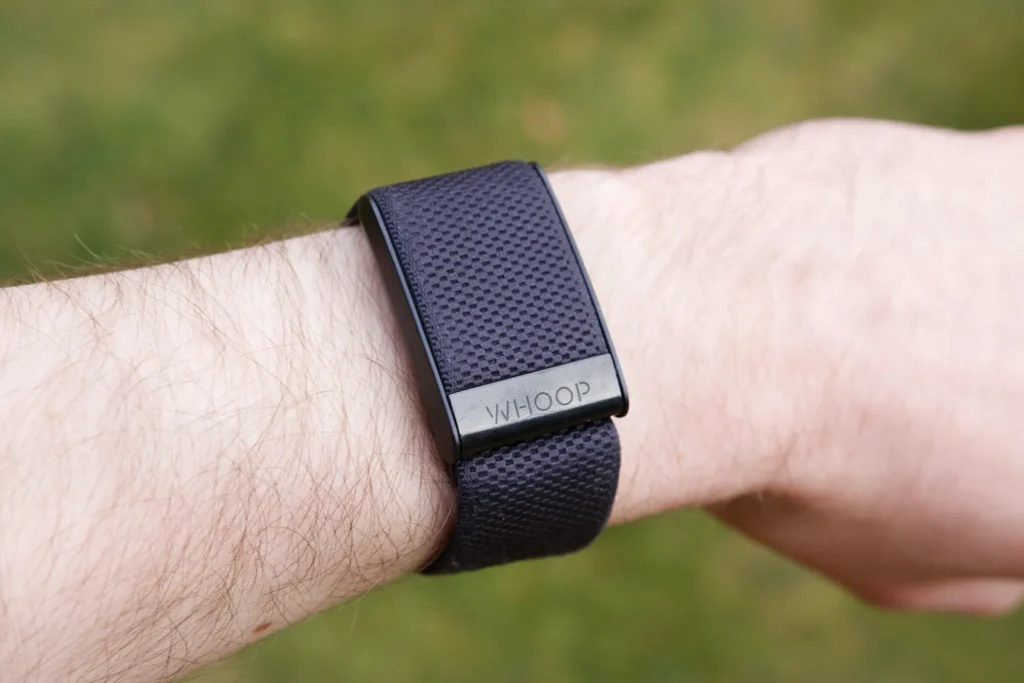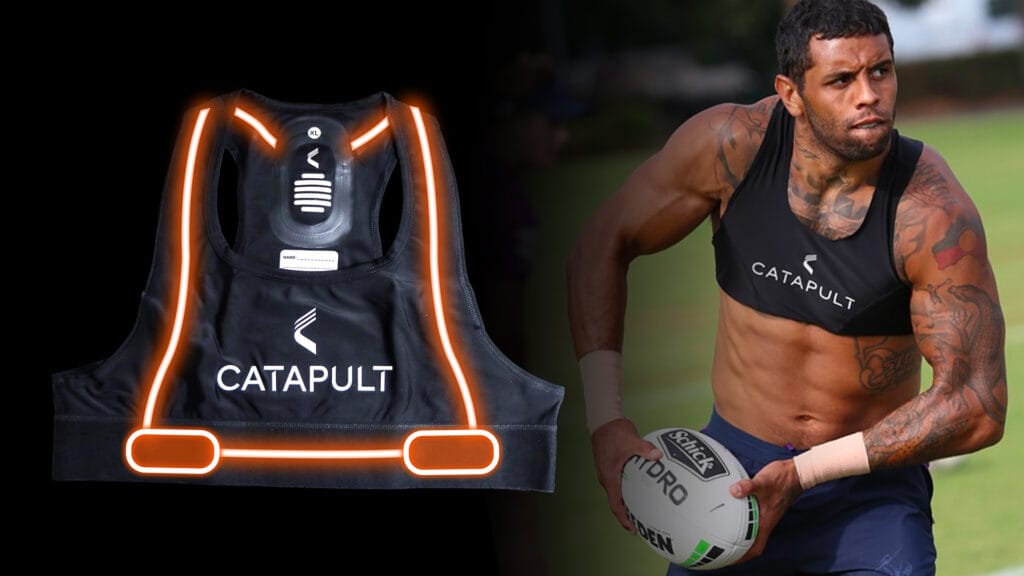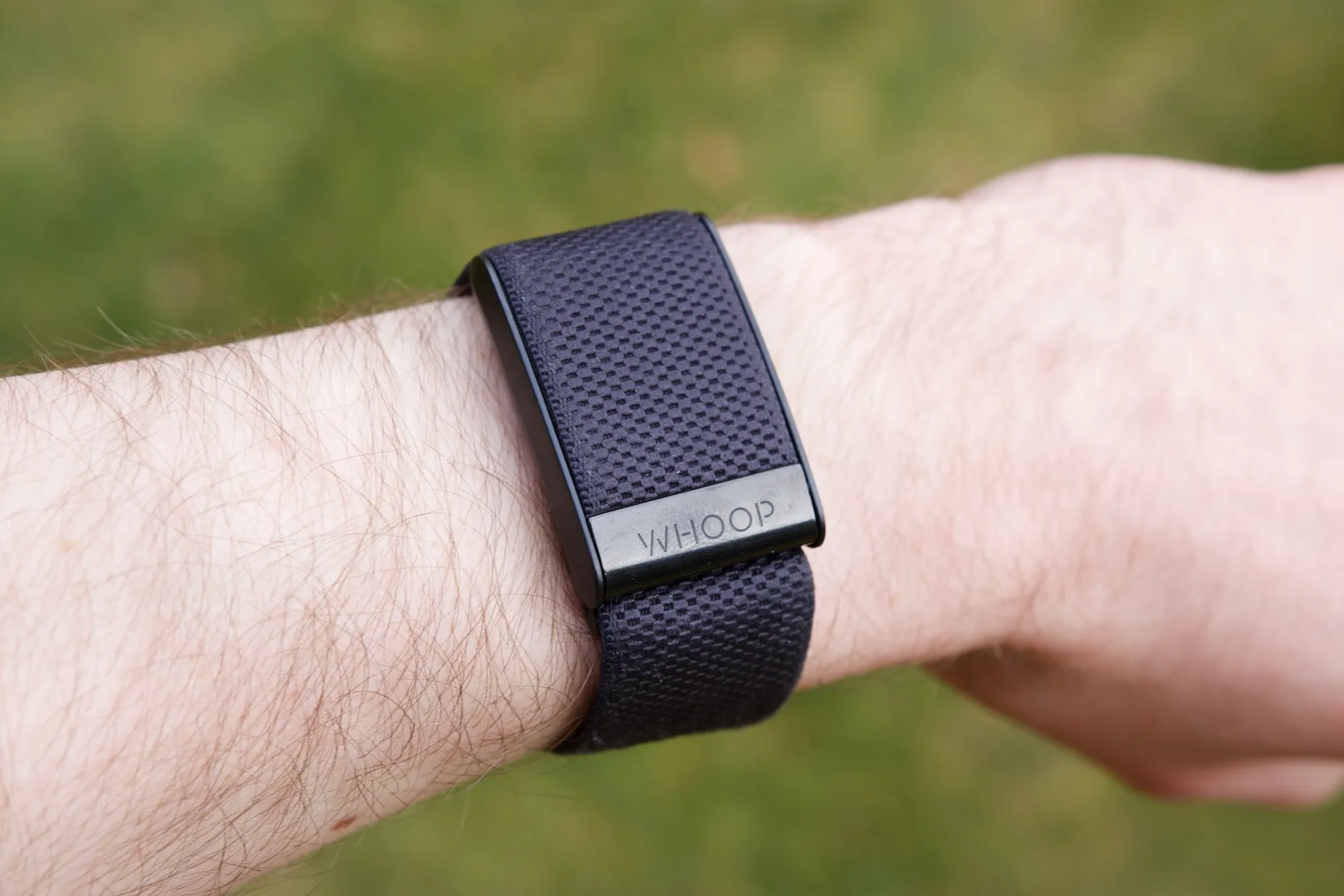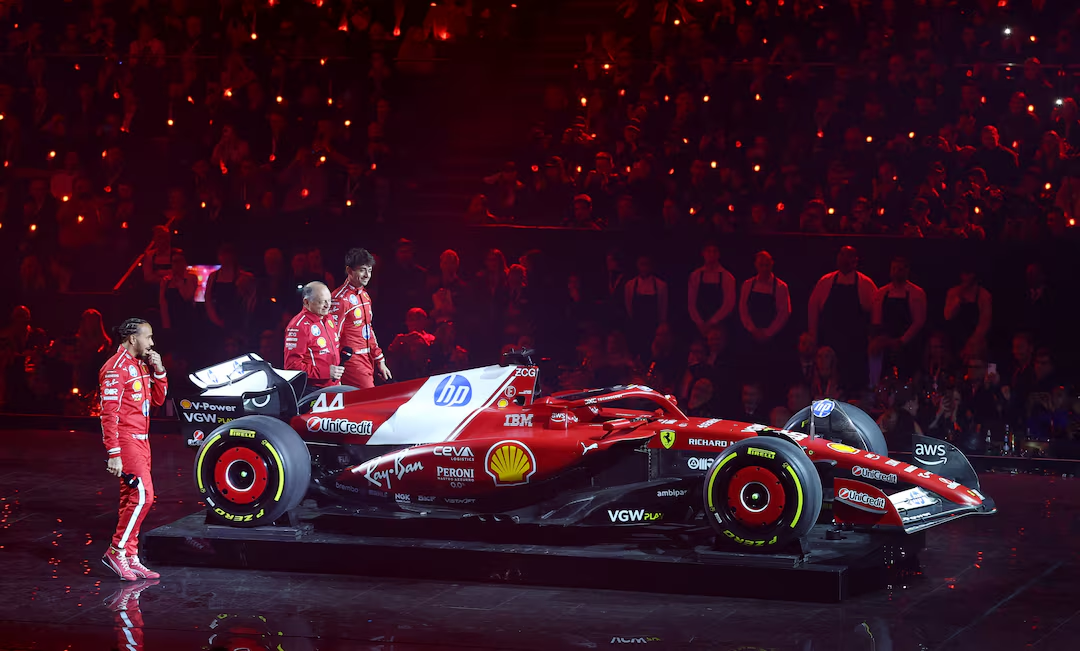Introduction to Sports Technology Innovations
Sports technology refers to the application of advanced technologies to enhance various aspects of athletic performance, training methods, and fan experiences. With the continuous evolution of both the sporting industry and consumer expectations, innovations in this field have become paramount in shaping the future of sports. The significance of sports technology lies not only in improving athlete performance but also in optimizing training regimens, injury prevention, and ultimately raising the competitive standard in sports.
As athletes strive for peak performance and teams look to gain a strategic advantage, the integration of cutting-edge technology has become a critical component in modern sports. Tools ranging from wearable devices that monitor biometrics to advanced analytics platforms that dissect performance data are now commonplace. These technologies empower athletes and coaches with valuable insights that can lead to refined techniques, better preparation, and even enhanced recovery protocols.
Moreover, the engagement of fans has transformed significantly in recent years, driven largely by technological advances. The ability to experience sports in real-time through immersive platforms such as virtual reality, augmented reality, and mobile applications has redefined fandom. Spectators expect to be more connected and informed than ever, and sports technology plays a pivotal role in meeting these demands. It fosters an environment where fans can interact more closely with their favorite sports, teams, and athletes, thus enriching their overall experience.
The year 2023 has emerged as a groundbreaking period in the realm of sports technology, marking significant advances that promise to revolutionize the industry. As innovations continue to unfold, they not only enhance performance metrics but also reshape the dynamics of how sports are consumed globally. In the following sections, we will explore the top 10 innovations that have debuted in 2023, demonstrating the immense potential technology holds for the future of sports.
Wearable Technology Revolution

In recent years, wearable technology has emerged as a transformative force within the realm of sports. The advancements made in devices such as smartwatches and biometric sensors have significant implications for athletes’ performance and wellness. Notably, brands like WHOOP have been at the forefront of this revolution, providing specialized devices that offer real-time insights into an athlete’s health metrics. These wearables are designed to monitor critical data, including heart rate variability, sleep quality, and exertion levels, which are crucial in understanding an athlete’s physical state.
One prominent example of an athlete utilizing wearable technology is LeBron James. Known for his dedication to both fitness and performance, he has incorporated WHOOP into his regimen to optimize training outcomes and minimize the risk of injuries. By analyzing data collected from his wearable, LeBron can tailor his exercises to enhance recovery and augment his overall athletic performance. The ability to accurately track physiological metrics enables him to make informed decisions regarding his training intensity and recovery strategies.
Statistical evidence further underscores the efficacy of these innovations. According to a recent study, athletes using wearable technology have reported an average performance improvement of 10-15%. This enhancement is attributed to the ability to reduce overtraining injuries by up to 25%. Such data makes it evident that wearables are not only valuable for contemporary athletes but are also shaping the future of sports training methodologies. The integration of these technologies is proving to be an indispensable asset in the pursuit of excellence in athletics, echoing a broader trend where data-driven insights are becoming integral to sports performance enhancement.
Augmented Reality (AR) Experiences for Fans
As sports organizations continue to embrace technological advancements, augmented reality (AR) has emerged as a pivotal tool for enhancing the fan experience. In 2023, major teams and leagues have adopted AR technologies to provide spectators with interactive and immersive experiences during live events. The implementation of AR applications has transformed the way fans engage with their favorite sports, offering a more dynamic environment that goes beyond traditional viewing.
One notable application of AR is the integration of player statistics that overlay live game footage. As fans watch the game, they can access real-time performance metrics about individual players right through their mobile devices. This not only enriches their understanding of the game but also creates a more engaging atmosphere as they can follow along with the action in an informed manner. Fans equipped with AR capabilities can better appreciate in-game strategies and noteworthy performances, fostering a deeper connection with the sport.
Additionally, virtual meet-and-greet opportunities have been made possible through AR, allowing fans to interact with their favorite athletes in unique ways. For instance, partnerships with companies like Snapchat have enabled innovative features, wherein fans can engage with virtual avatars of players within the stadium or via their smartphones. The distinctiveness of these experiences adds excitement and personal interaction to the game-day experience, elevating fan engagement to new heights.
Stadium enhancements are also noteworthy, with venues like the AT&T Stadium implementing AR-friendly installations that guide fans, providing interactive maps, concession information, and even highlights of historic moments within the venue. The fusion of AR technology and live sports has the potential to reshape traditional fan interactions and create a new standard in the sporting industry.
AI Coaching Systems
The integration of artificial intelligence (AI) in sports coaching has transformed the landscape of athlete training and performance evaluation in 2023. AI coaching systems leverage vast amounts of data to provide coaches and athletes with data-driven insights that were previously unattainable. Platforms such as IBM Watson have emerged as leaders in this domain, offering sophisticated analysis tools that enhance decision-making processes within sports organizations.
AI coaching solutions function by collecting real-time data during training sessions and games, from player movements to physiological responses. This data is then processed using advanced algorithms, allowing coaches to gain insights into player performance that can inform tailored training regimens. For instance, by analyzing metrics like speed, fatigue levels, and tactical positioning, AI can help coaches identify areas where athletes can improve or need additional support.
Furthermore, the implementation of AI tools also fosters a more personalized coaching approach. By understanding a player’s unique strengths and weaknesses, AI systems contribute to the development of specific training programs that cater to individual needs. This personalization is not only enhancing player development but also optimizing overall team performance.
The impact of AI on decision-making extends beyond training sessions. Coaches can use the detailed analytics provided by such systems to strategize more effectively during games. Understanding opponents’ patterns and behaviors through AI analysis can lead to improved in-game tactics. As these AI technologies evolve, the potential for deeper insights into game dynamics continues to increase, reshaping how sports are played and coached. AI coaching systems therefore represent a significant advancement in sports technology, promising to enhance athlete performance and decision-making capabilities across various sports disciplines.
In-Game Analytics and Stats Visualization

In recent years, the world of sports has seen significant advancements in the realm of in-game analytics and stats visualization, particularly in 2023. These technologies are pivotal in offering teams, coaches, and broadcasters deeper insights during live games, ultimately enhancing decision-making processes and game strategies. Companies like Catapult and STATS Perform have emerged as industry leaders in developing innovative solutions that streamline data collection and visualization, allowing for real-time analysis.
Catapult, known for its wearable technology, provides teams with player tracking data that is crucial for performance evaluation. This data not only captures metrics such as speed and distance covered but also provides insights into player fatigue and recovery. As a result, coaches can make informed decisions about substitutions and training regimens based on real-time analytics. This nuanced understanding of player performance has transformed how teams approach game strategy, enabling them to adapt dynamically during critical moments of a match.
Similarly, STATS Perform has revolutionized data visualization through its advanced tools that enhance broadcasts with real-time statistics and graphics. By offering in-depth analysis and compelling visual displays, STATS Perform enables broadcasters to convey complex statistical information in an easily digestible format. For instance, during a high-stakes NFL game in 2023, the integration of their analytics provided viewers with a comprehensive understanding of team performance metrics, influencing narratives around potential outcomes and strategies employed by teams.
Overall, the integration of in-game analytics and stats visualization has become indispensable for modern sports. It enhances not only the viewer experience but also contributes to the strategic planning of teams in major sports leagues, thereby shaping the dynamics of crucial match outcomes.
Advanced Materials for Sports Equipment
In 2023, the evolution of sports technology saw significant advancements in the materials used for sports equipment, with a notable focus on the development of lighter and stronger composites. These innovations have led to the creation of performance-enhancing products tailored to improve athletes’ capabilities across various sports. Brands such as Nike and Adidas have been at the forefront of this technological leap, introducing equipment designed not only for superior performance but also for environmental sustainability.
One prominent example of advanced materials usage is Nike’s latest tennis racquet, which features a revolutionary composite blend that reduces the overall weight without compromising strength. This design allows players to generate faster swing speeds while reducing fatigue during prolonged play. Similarly, Adidas has launched a new soccer ball constructed from a groundbreaking polymer that enhances aerodynamics and consistency in flight, ensuring that athletes can rely on the ball’s performance during critical matches.
Furthermore, the athletic wear manufactured by these brands incorporates high-tech fabrics that deliver moisture-wicking properties and increased durability. The introduction of materials derived from recycled plastics has not only reduced the environmental impact but has also been met with positive feedback from athletes who have reported enhanced comfort and performance. The shift toward sustainability in material sourcing is a growing trend within the sports technology sphere, reflecting a broader commitment to ecological responsibility.
To substantiate these claims, professional athletes have shared testimonies highlighting the transformative effects of these advanced materials on their performance. For instance, a renowned tennis player noted that the new Nike racquet allowed for greater control and shot accuracy, while a top soccer player praised the Adidas ball for its dependability and responsiveness during play. As sports technology continues to evolve, the significance of innovative materials in maximizing athletic performance represents a powerful intersection between technology, sports, and environmental stewardship.
Drone Technology in Sports Training and Events
The integration of drone technology into sports has revolutionized the way teams approach training and event coverage. Drones, equipped with high-resolution cameras, provide unique aerial perspectives that enhance the analysis and understanding of athletic performance. Teams are leveraging drone technology not only for capturing breathtaking footage during competitions but also as a pivotal component in their training regimens. This innovative approach enables coaches and athletes to gain insights into their strategies, techniques, and overall performance from vantage points that were previously unattainable.

Brands like FlyCam have emerged as leaders in this sector, collaborating with various sports teams to implement drone technology effectively. Through these partnerships, FlyCam offers customized solutions that allow teams to optimize their practice sessions by analyzing the flight patterns of players during scrimmages from above. This data can help identify areas for improvement, refine strategies, and enhance player coordination, ultimately leading to improved performance on the field. Furthermore, the ability to document training sessions from multiple angles enables athletes to visualize their progress and make necessary adjustments in their techniques.
The implications of drone technology extend beyond training environments; they significantly impact broadcasting as well. Aerial footage captured during live events provides audiences with dynamic, immersive views that enrich the viewing experience. This enhancement is particularly notable in sports such as soccer, basketball, and football, where tracking player movement can be challenging from the ground. By integrating drone footage into broadcast productions, networks can present a more comprehensive narrative of the game’s ebb and flow. As drone technology continues to evolve, its application in sports promises to reshape the landscape of both athlete development and fan engagement.
eSports and Virtual Reality Integration
The integration of virtual reality (VR) into eSports and traditional sports training has been one of the most significant innovations of 2023. As the eSports industry continues to grow, platforms such as Oculus are leading the charge in providing immersive training experiences for athletes. VR technology allows athletes to simulate various competitive scenarios, offering them a unique opportunity to refine their skills both in practice and during actual competition.
For instance, professional players in games like Overwatch can engage in realistic training sessions that replicate the pressures and challenges of live competition. This technology not only enhances players’ skills but also allows coaches to analyze performance metrics in a controlled environment. By bringing the reality of competitive scenarios into the training room, athletes can develop strategic thinking and quick reflexes necessary for high-stakes competitions.
Moreover, the application of VR is not limited to practice environments; it also plays a crucial role in enhancing the spectator experience in eSports. Fans now have the opportunity to experience live events from a first-person perspective, providing an engaging and immersive way to interact with their favorite games. Virtual reality has the potential to transform how audiences engage with eSports, allowing them to feel as though they are part of the action rather than just passive viewers.
In addition to eSports, traditional sports leagues are exploring the advantages of VR for athlete development. By simulating game scenarios, athletes from various disciplines can practice decision-making and situational awareness, which are key components of athletic success. The synergy between VR technology and both eSports and traditional sports signifies a shift in the training paradigms, unfolding exciting possibilities for the future of athletic performance and fan engagement.
Nutrition and Recovery Tech
The realm of athlete nutrition and recovery has witnessed remarkable technological advancements in 2023, driven by the growing understanding of the role nutrition plays in enhancing performance and recovery. Digital platforms and innovative gadgets have emerged, offering athletes a more tailored approach to their dietary and recovery needs. One prominent example is the utilization of advanced meal planning applications that incorporate artificial intelligence to customize nutrition plans based on an athlete’s unique physiological data and performance goals.
Brands like NutriBullet have introduced smart blenders that not only create nutritious meals but also provide real-time insights on nutrient content, helping athletes optimize their intake. These devices can sync with mobile applications, guiding users through recipes that cater to their specific needs, such as macronutrient ratios essential for endurance training or strength building. The integration of technology in meal prep not only saves time but also ensures that athletes maintain a consistent and balanced diet, crucial for peak performance.
In addition to meal prep innovations, recovery monitoring technologies have gained traction, offering athletes personalized feedback on their recovery processes. Smart supplements, equipped with biomarker analysis capabilities, are becoming more accessible and allow athletes to track their hydration and nutrient absorption in real-time. This data empowers athletes to make informed decisions about their recovery strategies, ensuring they can return to training faster and with enhanced performance levels.
Moreover, the impact of these innovations on athlete health is significant. By optimizing nutrition and recovery through cutting-edge technology, athletes can reduce the risk of injuries, promote muscle recovery, and elevate overall performance. Thus, embracing these advancements in the sports nutrition domain is essential for any athlete looking to excel in their field. The future holds promising developments in this area, continuing to enhance the synergy between technology and athletic achievement.
Conclusion: The Future of Sports Technology
The continued evolution of sports technology is playing a pivotal role in shaping the future of athletic performance and fan engagement. The innovations introduced in 2023 underscore a trend towards enhanced data analytics, improved training equipment, and immersive fan experiences. These advancements not only amplify the capabilities of athletes but also deepen the connection between sports and its global audience.
As technology integrates seamlessly into all aspects of sports, athletes are empowered to break performance barriers through tools designed to optimize training, injury prevention, and real-time feedback. For instance, wearable devices equipped with sophisticated biometric sensors enable personalized performance tracking, providing athletes with insights that were previously unattainable. This level of detail in performance analysis fosters a new era of athletic excellence, where precision is paramount.
Moreover, the continuing advancements in virtual and augmented reality provide a transformative fan experience, allowing spectators to engage with sports in groundbreaking ways. Enhanced viewing options and interactive experiences are revolutionizing how fans consume sports, making it more accessible and exciting. These technologies create opportunities for stadiums and teams to create memorable moments and lasting connections, increasing overall engagement with the sport.
Looking forward, we anticipate that artificial intelligence and machine learning will become more prevalent in sports, enabling predictive analysis that can inform both coaching decisions and game strategies. The ongoing development of immersive technologies will further expand the boundaries of fan interaction. As a result, we can expect a vibrant future in which the synergies between sports and technology evolve, creating an environment where both athletes and fans benefit from unparalleled experiences.
![]()



